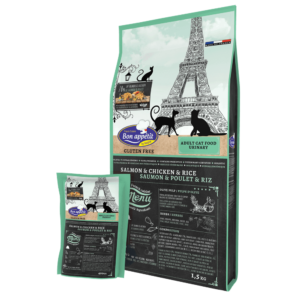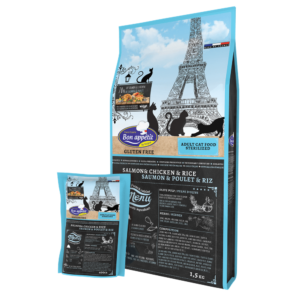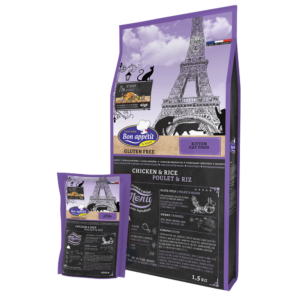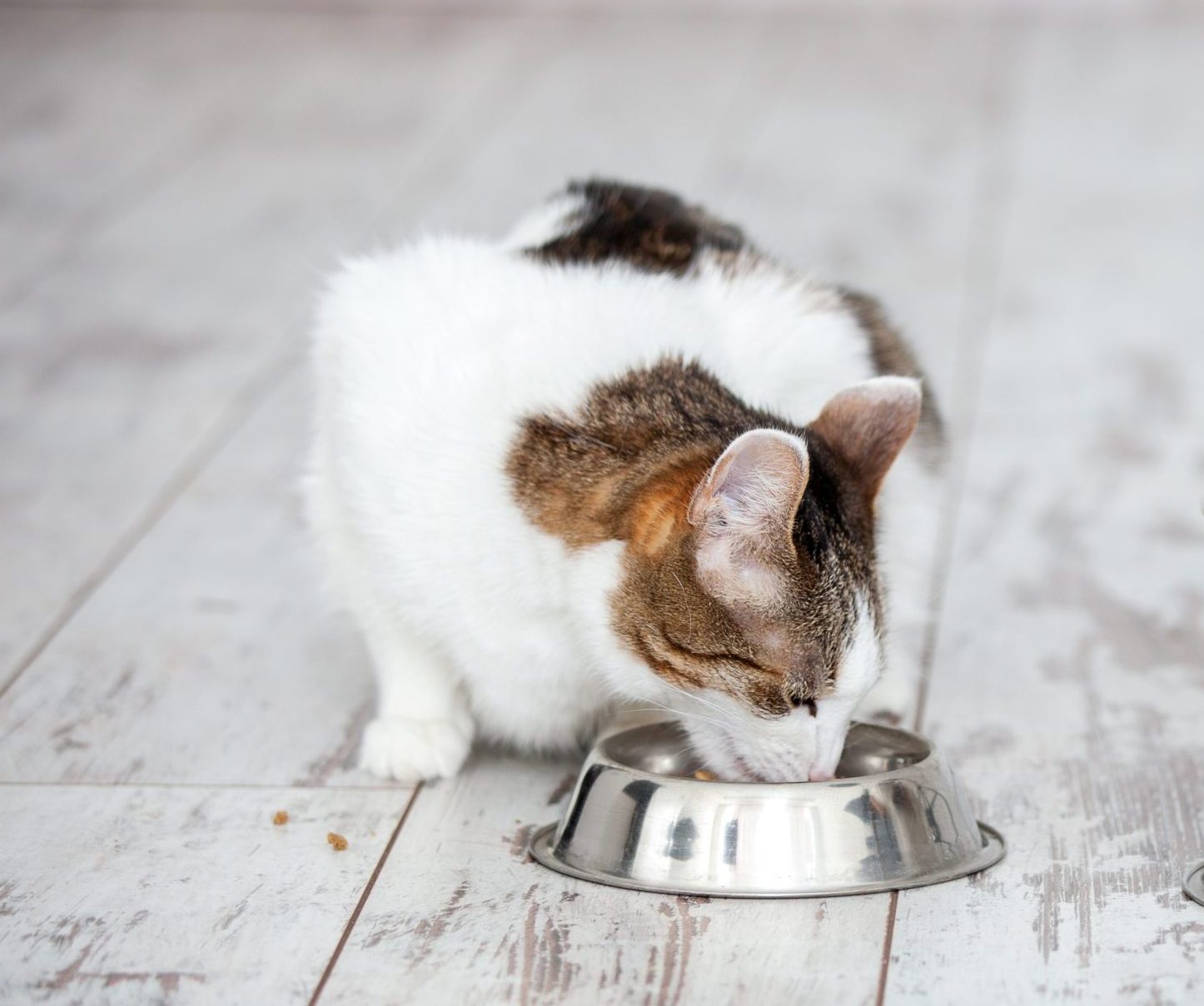
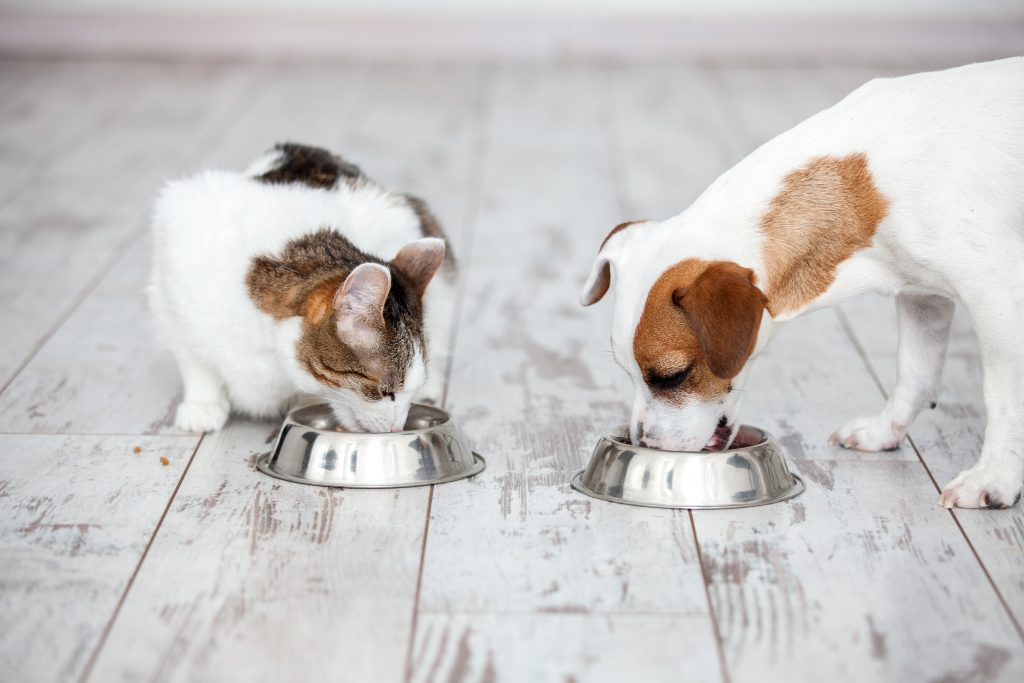
Get 15% discount by using code “FEEDME15” at checkout.
As with having any pet, if you have a cat you need to make sure that you are feeding them properly and appropriately. There are many things to consider here, a number of which we will look at below in some detail, but one of the main concerns is that you are feeding your cat the right amount. This can be hard to get right, especially if you are just starting out with your first cat and you haven’t had them long. However, by the end of this article you will have a much better sense of how to feed your cat, and how much or often to do so.
How much food does a cat need?
First up, let’s look straight at the issue of how much food your cat actually needs. This might not always be clear from the outset, so it’s something that you are going to want to look into to make sure that you are feeding your cat right. As with other animals, how much to feed your cat will of course depend on a range of factors. The main factor that you need to take into account is the cat’s weight. The general rule of thumb here is that you should feed them 24-35 calories per pound. If you do that, you will likely be keeping them at a healthy weight, and you will be helping to avoid any considerable health problems later in life. You also need to take into account any health issues your cat may have and if any special or veterinary food may be required. For example if your cat is obese they will require specific food for overweight cats, or if they have been sterilized they will need a specific diet or if they have long hair they will need food that help reduces hairballs.
Should I leave food out for my cat at night?
There are certain questions that you need to start wondering about when you have a cat, especially if you have had other pets before but not cats and you are not entirely sure about how to approach feeding them. One thing which you might need to think about is whether or not you should leave food out for your cat at night, as it is not always certain whether you need to do this or not, and it’s something that might be clearer with certain other pets. If you get this wrong, you fall into the possibility of over- or under-feeding your cat, so it’s important to get right.
The answer, however, is simple. You should leave dry food out for your cat at night, yes, as they need to be allowed to free-feed on that whenever they like. Wet food, on the other hand, only has a limited amount of time that it should be left out, and you should avoid leaving it out for any longer than that, only a few hours at most. That’s because bacteria can soon develop on it and you don’t want that to happen if you want to keep your cat safe and healthy. Dry food can be left out for longer, throughout the whole night, although it too has a shelf life in this respect and can’t be left out for a whole day, for example.
What types of feeding are there?
If you are a newcomer to looking after cats, then you might well be wondering also if there is any particular method for feeding cats that differs to other animals, or whether you need to make sure that you are feeding them in certain ways at certain times. It is sensible to ask these questions, as that way you can make sure from the start that you are not making any obvious mistakes. So the next thing we are going to look at is what types of feeding there are, so you can try and determine which might be best and most appropriate for your own cat. That will help to ensure that you keep them healthy and well-fed, but not overfed.
There are two major types of feeding for cats, which we will detail below.
Meal feeding
The first way to feed your cat is meal feeding. As the name suggests, this is where you feed your cat in set meals at certain times during the day. This might be the way of feeding your cat that you find most automatic or logical, even if only for the fact that this is how we tend to eat as humans. But is it the right move to make when it comes to feeding your cat? As it happens, there are some upsides and some downsides to this type of feeding.
Pros
Some of the benefits of feeding your cat at regular, set meal times include:
- You can monitor what your cat is eating more closely.
- If you have more than one cat, you can check that they are not stealing from one another.
- You can control their dietary intake better.
Cons
On the downside, meal feeding might not always be the best option for these reasons:
- Your cat might become hungry between meals and cry or moan at you.
- You need to make sure that you establish and stick to a routine, otherwise it won’t work out well.
Free feeding
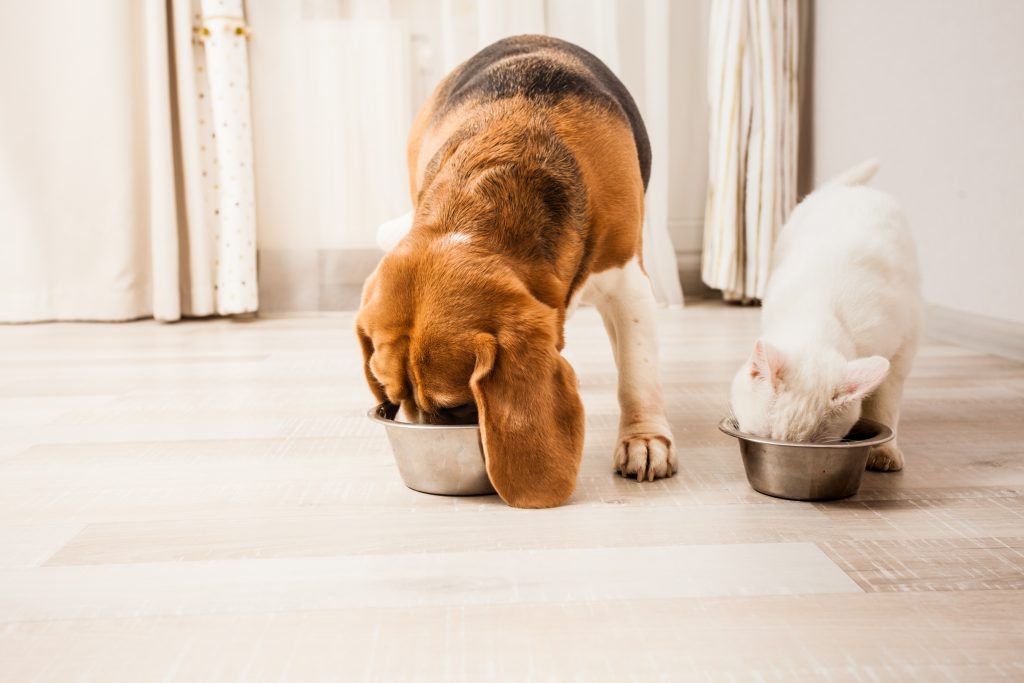
The other major way of feeding your cat is with free feeding, and this too is worth considering if you want to make sure that you are feeding your cat properly. With free feeding, you allow your cat to graze throughout the day on a set, specified amount of food which you leave out for them. This is mainly done with dry food, for the reasons mentioned above.
Pros
Some of the pros of free feeding your cat include:
- It is easy to manage. If you are busy, for example, you don’t have to worry about being around all the time to feed your cat.
- It means your cat is going to be happily satisfied at all times, with less crying when hungry.
Cons
On the downside:
- With this free feeding method, you can’t monitor how much your cat is eating quite as well.
- If you are out all day, they could need more food and you wouldn’t know it until you got home.
- It can take a while to find the right amount of food to leave out.
Feeding your cat treats & snacks
Provided that you are sensible about it and you don’t overfeed, it is perfectly acceptable to feed your cat a variety of treats and snacks. Giving your cat regular treats can have a number of positive effects, including:
- Helping them to remain playful.
- Keeping them happy and satisfied.
- Can help with training your cat.
- Can be used as positive rewards for any behaviour.
As you can see, cat treats can be very useful, as well as enjoyable for the cat. Be sure that you use treats which are well balanced, and complete in nutrients. The treats should have a combination of vitamins and nutrients so that you are keeping your cat healthy.
Feeding your cat at different stages of life
Just as with any other animal, your cat needs different nutrients at different times in life. This means that you have to be aware of feeding them with different food as they grow older. As a kitten, your cat needs a lot of additional calories as well as plenty of protein, healthy fats and minerals like calcium and phosphorous, essential for their healthy development and growth. You should make sure that you are feeding them food which is clearly labelled for kittens, as feeding them anything else will not allow them to grow in the normal, healthy way.
As your cat starts to grow and become an adult (from around one year to eighteen months), they begin to need different food. This is due to a slowing down in metabolism and a maturing body, and it needs to be reflected in how they are fed. You should also pay attention to other factors which influence how much your cat needs feeding – such as their overall activity level, their own natural metabolism and their body size. Your vet will be able to help you with this.
Once your cat has become a Senior, you will find that they need much less in the way of caloric intake, as they are simply not growing anymore. Again, it’s a matter of feeding them the specific cat food labelled Senior. As they mature, they will still however need plenty of nutrients and minerals to ensure they stay healthy and happy.
With food being such an important part of looking after your cat, it is essential that you take all of this on board.
Petshop Direct have a wide range of dry cat food and treats to help keep your cat well fed.

